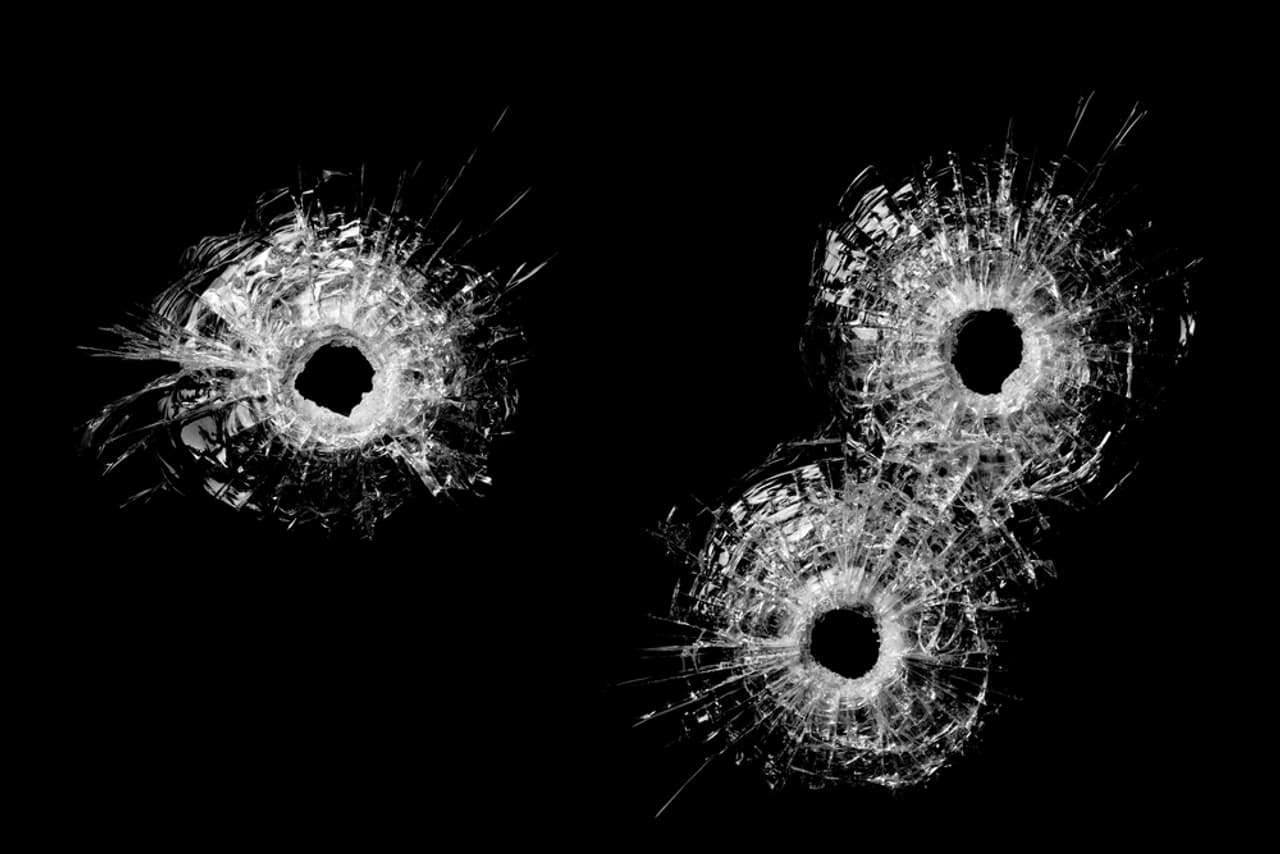
A case to answer: The return of the Supergrass
Who fired the shot? Supergrasses are used to help solve serious crimes. (Image: Shutterstock.com)
Tonight, Panorama reveals how the most notoriously unreliable of witnesses – the supergrass – has been brought back into action. But with the recent collapse of a number of high-profile cases, are new supergrass laws doomed to fail?
In today’s system, supergrass deals are formalised, with informers signing contracts to give evidence against their criminal associates. They agree to tell the whole truth, and as a reward, have their own jail terms cut.
Under the Serious Organised Crime and Police Act 2005 (SOCPA), even murderers have had their sentences slashed. Research by the Bureau, working with Panorama, has found that at least 13 jail terms have been cut by over 80% and seven offenders have received total immunity as a result of their deal.
Related article: The supergrass deals that slash life sentences for murder to just three years
Supergrasses were largely discredited in the early 1980s, after a series of corrupt deals, high-profile case failures, and miscarriages of justice.
However, the Crown Prosecution Service (CPS) argues that it now has sufficient safeguards to ensure that this time around, the system will be open, transparent and in the public interest.
The authorities claim that supergrasses are a necessary tool in the fight against organised crime, and that reductions are needed to encourage offenders to break the criminal code of silence and give evidence.
A success story
Indeed, there have been significant successes. For example, a teenage gang member – ‘boy X’ – gave crucial evidence against gunman Sean Mercer in the murder of schoolboy Rhys Jones. The evidence was judged to be so important that Boy X was given full immunity from prosecution under Socpa for his role in helping to hide the murder weapon after the killing.
Rhys’ father, Stephen, supported the deal. He told Panorama: ‘To secure the conviction of the main offenders was of priority…and the information that he gave to the police was a good trade-off, so to speak.’
The families of other victims have also come out in favour of supergrass agreements. The sister of one murder victim told Panorama she believed that the authorities were right to use Socpa in her brother’s case, in order to secure the conviction of a key perpetrator.
But with successes, there have also been failures, leading critics question whether the new law may be causing injustice, rather than achieving justice, in some serious criminal cases.
Panorama reveals how supergrasses are still playing the system. In the end, these are criminals who do not want to go to jail, and relying on their evidence remains risky.
The programme examines the case of Sonny Stewart, a man charged with the murder of Bradford businessman Teddy Simpson. When Stewart was interviewed by the police, he agreed to turn supergrass, and implicated seven men: some in the organisation of a violent robbery, others in the killing itself. But, as Monday’s programme will show, serious questions over Stewart’s credibility have arisen.
This case is now being considered by the Criminal Cases Review Commission (CCRC).
‘Hugely difficult witnesses’
Leading QC Michael Mansfield told Panorama that supergrasses are hugely difficult witnesses to deal with, because they are ‘inherently dishonest’ and often act in ‘self-interest because they want some kind of reward’.
‘These people will know about crime, but in order to inveigle their way into their favours they dress it up. They dress it up in a way that they put people at the scene who weren’t there… and of course they have axes to grind, they have vendettas to settle,’ he said.
Serious questions have also been raised about the CPS’ handling of supergrass cases.
As Panorama found out, the CPS has been criticised for failing to disclose holes in a supergrass’s account. This failure to disclose may significantly jeopardise the fairness of the defendant’s trial. Meanwhile the supergrass enjoys a light prison sentence and protection funded by the public purse.
The issue of disclosure reared its head most recently in the 2010 case of northeast hard man John Henry Sayers, accused of attempting to nobble a juror in a murder trial eight years earlier. A supergrass, Errol Hay, said Sayers had instructed him to make the call to a juror back in 2002 to ensure that Sayers was acquitted of the murder.
But Panorama reveals that the prosecution in the jury nobbling case had clear evidence that star-witness Hay was lying. Hay said he had made a second phonecall to a juror, but telephone records proved that this was not possible. However, the prosecution went ahead with the case, and did not disclose the key evidence to Sayers’ defence team.
Severely criticised
It was only through an ‘arrow shot in the dark’ by a junior defence barrister that this evidence came to light. The case against Sayers collapsed, and the CPS was severely criticised by the judge.
The CPS acknowledged that something had gone seriously wrong.
‘This has been a very painful experience for everybody concerned…we’re now dealing with disclosure with new systems in place to make sure that this sort of thing never happens again,’ a spokesperson for the CPS told Panorama.
But can the CPS’s ‘new systems’ really guard against the pitfalls of using such a contentious method of investigation, and such questionable witnesses? Or are these supergrass laws no different to the system that fell out of favour 30 years ago?
Some members of the legal profession believe it is only a matter of time before the supergrass system is discredited once again.
Panorama, Return of the Supergrass, which uses research by the Bureau, is on Monday October 8 at 8pm.




